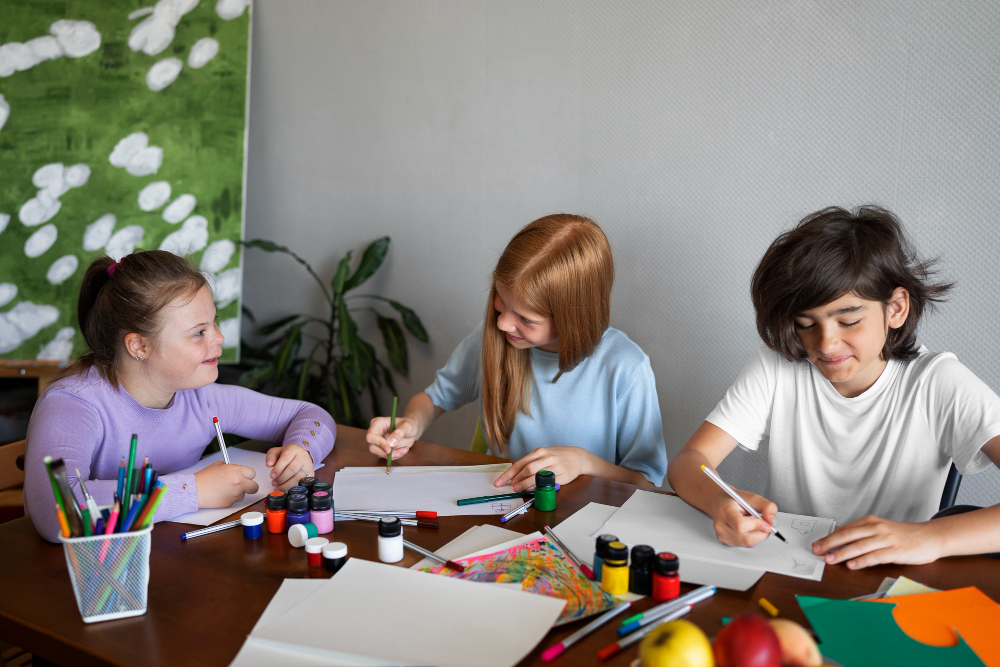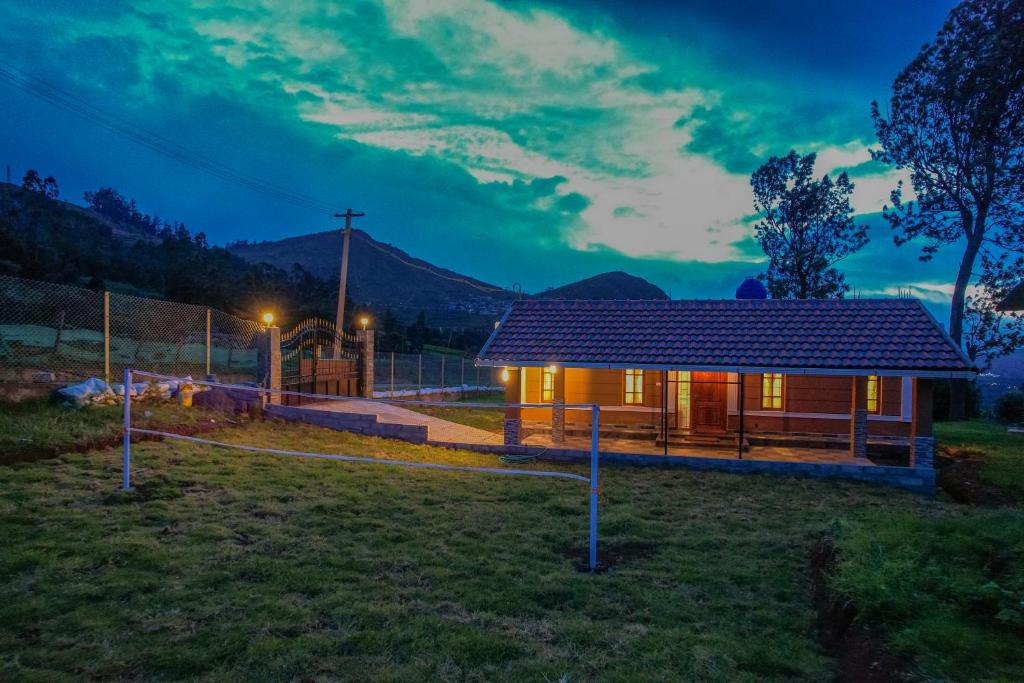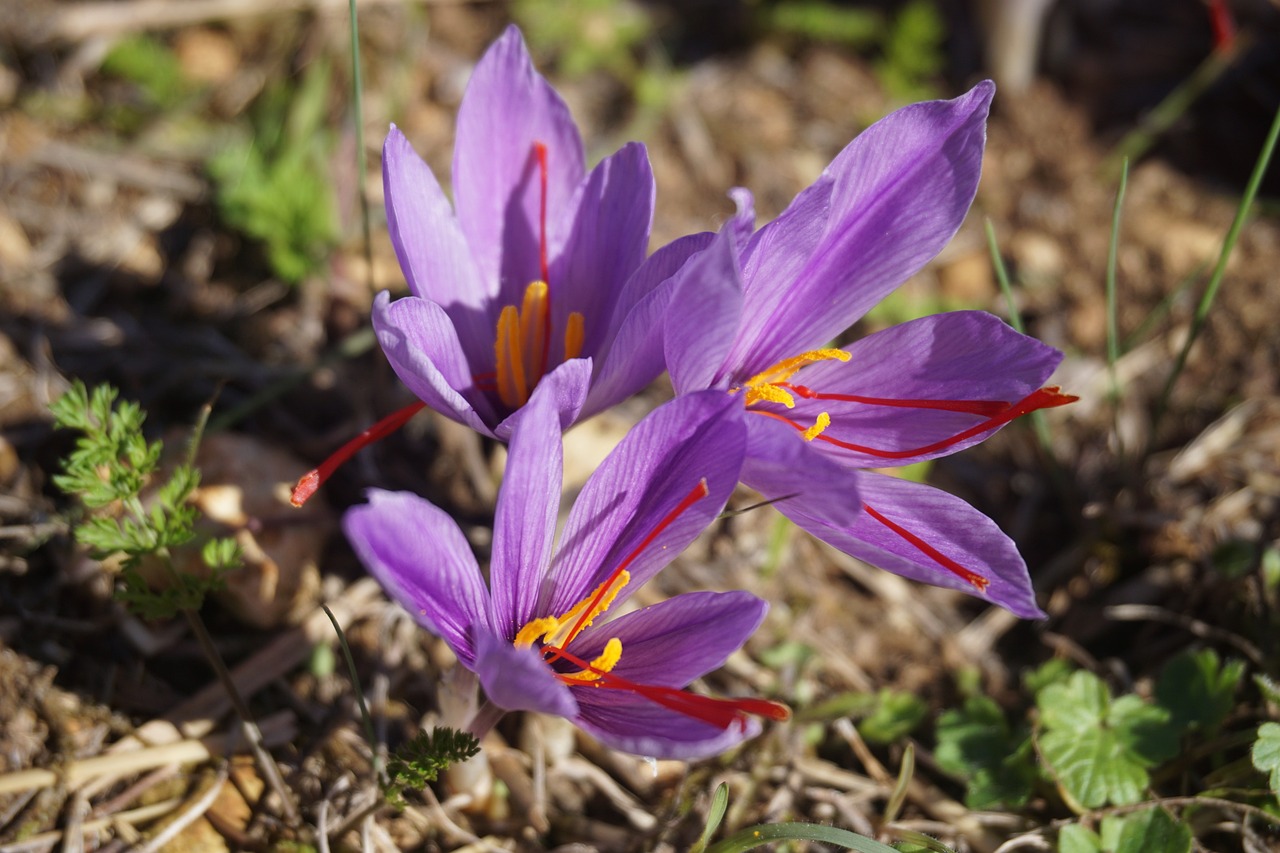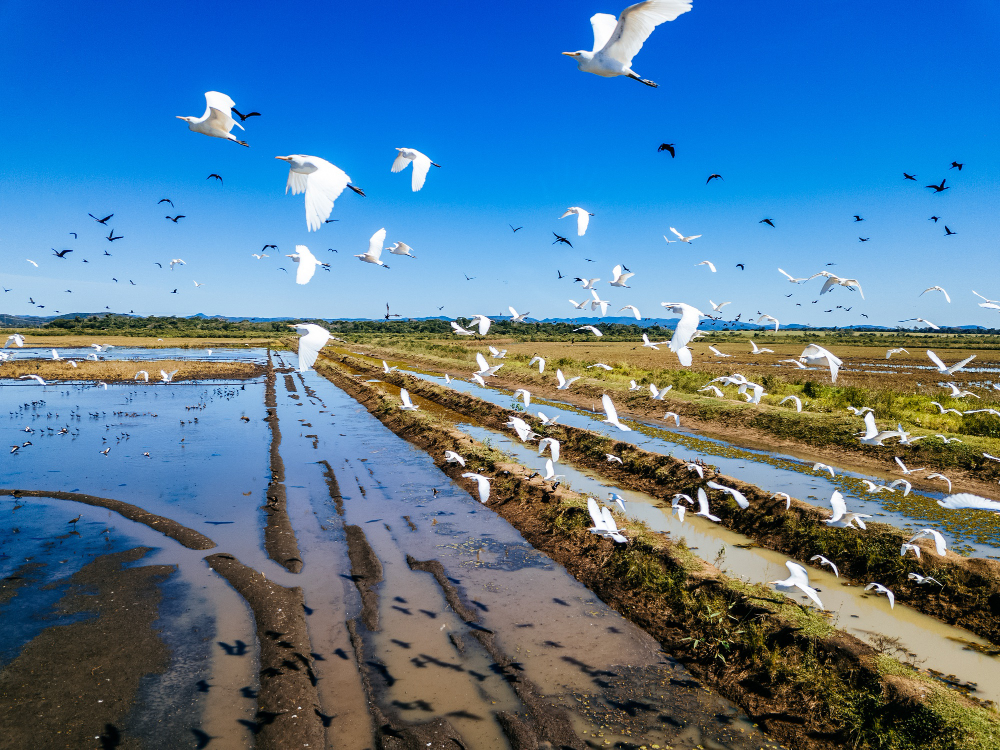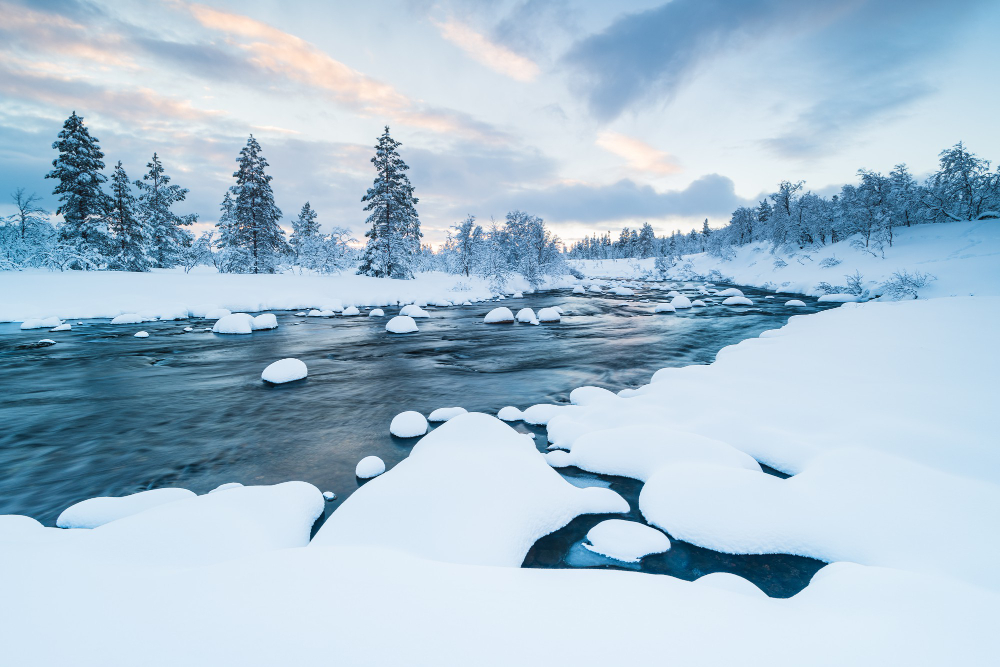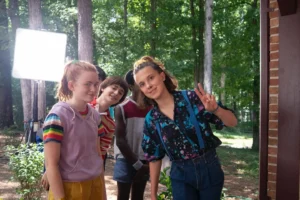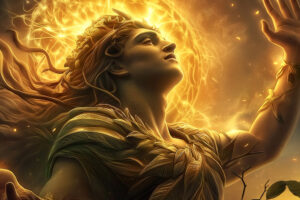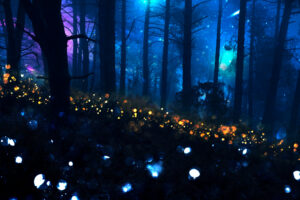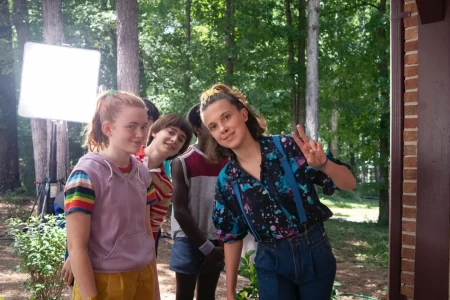 Pin
Pin Photo courtesy of Stranger Things / Netflix
It’s strange in saying goodbye to worlds we’ve built with our own hands, brick by shadowy brick. The television series that turned suburban Indiana into a portal of wonder and terror is closing its final chapter, and those who breathed life into this twisted fairy tale are feeling the weight of finality settling over them like autumn fog. “It’s the end of an era, and that comes with a lot of mixed emotions,” one voice from the production admits, capturing the essence of what it means to watch something beloved slip into memory.
“All stories must end, even the ones we wish could last forever / Like candles burning down to their last flicker / Leaving only the warmth of what once was.” The people behind this cultural phenomenon have spent nearly ten years walking through the darkness together, creating monsters and heroes, building friendships that transcended the screen. They’ve watched time pass in the strangest way—simultaneously too fast and yet perfectly measured, like a clock ticking backward in a dream. Now they stand at the threshold of goodbye, carrying both gratitude and a gentle anxiety about what comes after the lights go dark.
Table of Contents
The Weight of Nostalgia
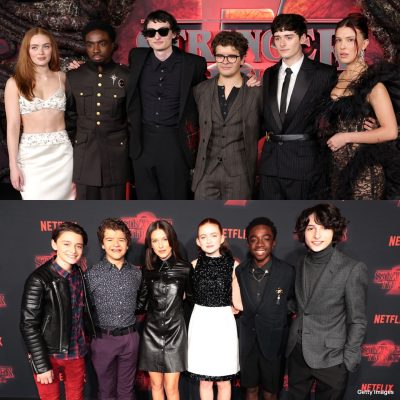 Pin
Pin Photo courtesy of Stranger Things / Netflix
The set has become a graveyard of memories, each corner whispering stories of laughter and late-night shoots. Those who’ve spent years bringing this tale to life describe walking through familiar spaces with a new heaviness, as if the walls themselves are mourning. “There’s a bit of anxiety,” one of them confesses, and in those simple words lives an entire ocean of feeling. It’s not just about a job ending or a paycheck stopping. It’s about watching a piece of your youth dissolve like morning mist, knowing you can never step into that same river twice. The youngest members of the ensemble arrived as children with gap-toothed smiles and left as adults with complicated hearts, having grown up in front of millions of eyes while pretending to fight creatures from another dimension.
“We are all collectors of moments / Pressing memories between pages like dried flowers / Hoping their colors won’t fade with time.” The production team speaks of watching dailies from early seasons and barely recognizing the faces staring back at them. There’s magic in that transformation, but also melancholy. “We’ve been doing this since we were kids, and now it’s coming to an end,” another voice shares, carrying the peculiar sadness of growing up in public. The set that once felt like a playground now feels like a museum of who they used to be. Every prop, every carefully designed monster, every flickering light holds the ghost of a younger self, and saying goodbye means accepting that those versions of themselves exist only in recorded images now, forever frozen in time.
The Anxiety of Perfection
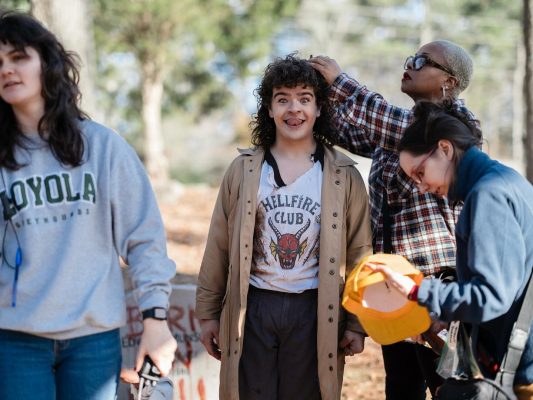 Pin
Pin Photo courtesy of Stranger Things / Netflix
There’s a strange terror that comes with knowing millions of people are waiting to judge your final bow. The creative minds steering this ship have spoken openly about the pressure crushing down on their shoulders like a stone gargoyle perched too long in one spot. “We want to stick the landing,” they’ve said in interviews, and beneath those casual words thrums a darker truth about artistic vulnerability. They’re not just wrapping up plot threads or closing character arcs. They’re trying to honor nearly a decade of audience investment, to deliver something worthy of all those tears and screams and late-night fan theories. One of the show’s architects admitted the weight feels almost unbearable at times, describing sleepless nights spent questioning every creative choice, wondering if they’ve done enough or if they’ve somehow betrayed the trust placed in them.
“Perfection is a ghost that haunts every artist / Dancing just beyond reach / Whispering that nothing will ever be quite enough.” The team has revealed in various press conversations that they’ve rewritten scenes dozens of times, agonizing over dialogue that needs to feel both satisfying and surprising. “There’s definitely anxiety about how people will receive it,” one producer shared with brutal honesty during a recent interview. They understand that no ending can please everyone, that some hearts will break no matter what choices they make. Yet they push forward anyway, driven by love for the story and respect for the audience who made this strange little show about monsters and friendship into a global phenomenon. The beauty lies not in achieving impossible perfection, but in caring enough to try, in pouring every ounce of creativity into those final frames even when fear whispers that it might not be enough.
A Netflix Phenomenon Reaching Its Twilight
 Pin
Pin Photo courtesy of Stranger Things / Netflix
The streaming giant that took a gamble on a nostalgia-drenched horror story back in 2016 is now preparing to say farewell to one of its most successful original series. Netflix has built empires on the backs of binge-worthy content, but few shows have captured the cultural zeitgeist quite like this tale of small-town terror and childhood friendship. “It’s been an incredible journey,” Netflix executives have stated in recent press releases, acknowledging that the show helped define what original streaming content could achieve. The series became a blueprint for success, proving that audiences craved stories with heart and darkness in equal measure. Its impact rippled far beyond viewing numbers, spawning merchandise lines, theme park attractions, and Halloween costumes that dominated every October since its debut.
“Some stories become more than entertainment / They become mirrors where we see ourselves / Reflected in the glow of screens, together yet alone.” Recent industry reports have highlighted how the final season represents not just the end of a show, but a shift in Netflix’s broader strategy. The platform has faced increasing pressure from competitors and budget constraints, making every major release feel more significant than ever. “We’re grateful to the creators for giving us something truly special,” a Netflix spokesperson shared during a recent earnings call, their words carrying the weight of an era closing. The show’s conclusion arrives at a moment when streaming services are learning that endless content doesn’t guarantee loyalty. Sometimes what matters most is telling one story really well, seeing it through to its proper ending, and trusting that the beauty of completion outweighs the comfort of forever. The platform knows they’re losing a crown jewel, but even jewels must eventually return to the earth.
Growing Up in the Upside Down
 Pin
Pin Photo courtesy of Stranger Things / Netflix
The young performers who started this journey as barely-teenagers have now stepped into adulthood with the cameras still rolling, documenting a transformation that feels almost mythological in its completeness. Recent interviews reveal how surreal it’s been to navigate puberty, first loves, and identity formation while simultaneously battling fictional monsters for a global audience. “We literally grew up on this show,” one cast member told Entertainment Weekly earlier this year, their voice tinged with both wonder and weariness. They’ve spent their formative years shuttling between high school hallways and soundstages, learning algebra in the morning and fighting interdimensional horror by afternoon. The experience has bonded them in ways that transcend typical workplace friendships—they’ve become a sort of found family, united by the strange shared experience of having their coming-of-age documented and broadcast to millions.
“Childhood is a country we can never visit again / Only send postcards from the distant shore of memory / Signed with names we barely recognize as our own.” Industry publications have noted how rare it is for an ensemble cast to remain intact across so many years, especially when dealing with young performers whose options and ambitions naturally evolve. Yet they’ve stayed, committed to seeing this story through to its conclusion. “There’s something beautiful about finishing what you started,” another cast member shared with Variety recently, acknowledging the pull of nostalgia mixed with professional pride. They’ve watched each other navigate breakups and graduations, witnessed friendships deepen and occasionally fracture under pressure, all while maintaining the illusion of eternal youth for the screen. The bittersweet truth is that ending the show means finally allowing themselves to move forward, to stop being frozen in the amber of who they were and embrace who they’re becoming.
The Architecture of Endings
 Pin
Pin Photo courtesy of Stranger Things / Netflix
Creating a finale that honors years of storytelling requires the delicate balance of a watchmaker building their final timepiece. The show’s creators have discussed in recent Deadline interviews how they’ve approached the conclusion with both reverence and ruthlessness, understanding that satisfying endings demand sacrifice. “We knew from the beginning how we wanted this to end,” they revealed, explaining that certain story beats were planted like seeds in the earliest episodes, waiting years to bloom. The writers’ room became a sacred space where every thread was examined, every character’s journey mapped to its logical yet emotionally resonant conclusion.
They’ve spoken about the difficulty of choosing which relationships to prioritize, which mysteries to solve, and which questions to leave beautifully unanswered, trusting audiences to carry some ambiguity forward into their own imaginations.
“Every story is a house built from words and time / And the final chapter is the door we must walk through / Leaving the lights burning for those who come after.” The Hollywood Reporter recently published insights into the production’s final months, revealing marathon editing sessions where creators debated individual shots with the intensity of surgeons. “Every frame matters when you know it’s the last time,” a post-production team member explained, describing how they’ve labored over color grading and sound design to ensure the ending feels both epic and intimate. The technical crew has poured devotion into crafting moments that will linger in viewers’ minds long after the credits roll. There’s an understanding that this finale doesn’t just belong to them anymore—it belongs to everyone who invested their hearts in this story, who saw pieces of their own lives reflected in the struggles and triumphs of these characters fighting darkness with flashlights and friendship.
The Emotional Farewell Behind the Scenes
 Pin
Pin Photo courtesy of Stranger Things / Netflix
The soundstages that once buzzed with energy have taken on the quality of a wake, where laughter mingles with tears in unexpected moments. Cast members have shared with The Wrap how their final days of filming felt like attending a beautiful funeral for something still alive, knowing each scene wrapped might be the last time they’d inhabit these characters they’d grown to love like second skins. “We were all crying between takes,” one performer admitted, describing how the emotional weight of goodbye kept crashing over them in waves. The crew, many of whom have been there since the pilot episode, found themselves pausing to memorize details they’d taken for granted—the exact squeak of a particular door, the smell of the fog machines, the way afternoon light filtered through the windows of recreated 1980s living rooms.
“Goodbyes are small deaths we practice / Learning to let go of what we love / So that love can become memory, eternal and untouchable.” Rolling Stone recently documented the wrap party, describing an atmosphere thick with nostalgia and champagne bubbles, where people who’d spent years together suddenly struggled to find adequate words. “You can’t really explain what this meant to us,” a director shared, their voice breaking during the speech. These aren’t just colleagues parting ways after a successful project. They’re people who’ve shared birthday cakes on set, who’ve supported each other through personal losses and celebrated weddings, who’ve created art together in the trenches of 14-hour shooting days. The bonds forged under such intense creative pressure don’t simply dissolve when production ends. They transform into something else—a shared history that will color everything these artists create for the rest of their careers, a touchstone they’ll return to when they need to remember why they fell in love with storytelling in the first place.
The Legacy of Monsters and Friendship
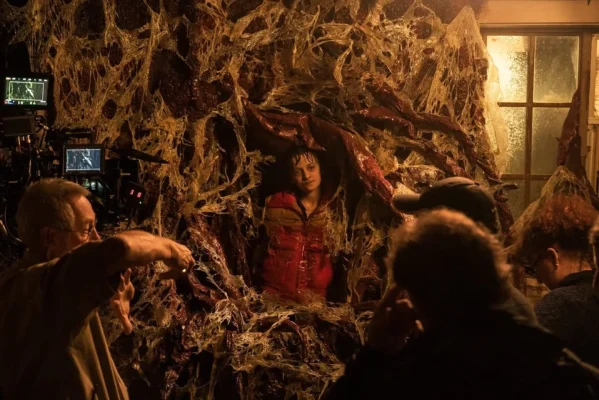 Pin
Pin Photo courtesy of Stranger Things / Netflix
What does it mean to create something that reshapes how an entire generation thinks about childhood, fear, and loyalty? The cultural impact of this series extends far beyond entertainment metrics and streaming numbers. Scholars and pop culture analysts have written extensively about how the show tapped into something primal—our collective anxiety about growing up, about the monsters lurking just beneath the surface of suburban normalcy. “We wanted to capture that feeling of being a kid when everything felt more intense,” the creators explained to IndieWire last month, reflecting on how they’d accidentally created a modern mythology. The show became a language that strangers could speak to each other, a shared reference point that bridged age gaps and geographical divides. Parents watched with their teenagers, finding common ground in nostalgia for an era some remembered and others were discovering for the first time.
“Stories are bridges built across the void of loneliness / Connecting strangers through the simple truth / That we all fear the dark, and we all need each other’s light.” The Guardian recently published a retrospective examining how the series influenced fashion, music, and even therapy practices, with counselors reporting that clients often referenced the show when discussing their own struggles with trauma and friendship. The New York Times noted that the series “reminded us that genre television could be both commercially successful and emotionally sophisticated,” praising its refusal to talk down to younger audiences while never alienating adult viewers. This wasn’t just a show about monsters. It was about the monsters we carry inside ourselves, the ones that whisper we’re not good enough or brave enough or worthy of love. It was about finding people who see those monsters and choose to stand beside us anyway, armed with nothing but determination and hope. That’s the legacy that will outlive any finale, any streaming platform, any moment in time. The understanding that darkness exists, but so does the light we create together.
The Music That Haunts Us Still
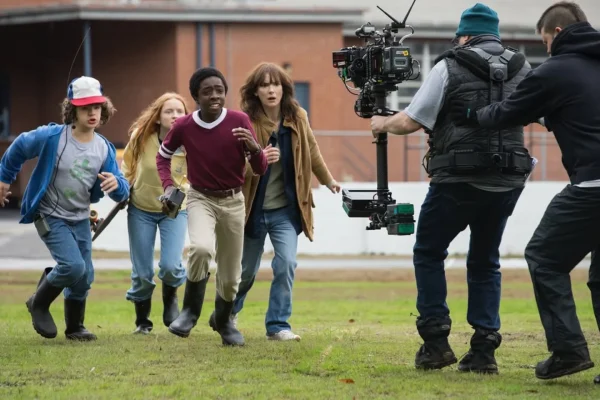 Pin
Pin Photo courtesy of Stranger Things / Netflix
Few television series have understood the power of sound quite like this one, where every song choice became a character unto itself. The show’s music supervisors revealed to Billboard how they approached each musical moment as an emotional knife, carefully selecting tracks that would cut straight to the heart of nostalgia while serving the story’s darker themes. “Music is a time machine,” they explained, describing how the right song could transport viewers instantly back to their own childhoods, their own first heartbreaks, their own moments of terror and triumph. The soundtrack became a phenomenon of its own, introducing younger audiences to artists from decades past while reminding older viewers why those songs mattered in the first place. When one particular 1980s power ballad experienced a massive resurgence after appearing in a pivotal scene, it proved that great storytelling could resurrect not just fictional characters but entire musical legacies.
“A song is a spell we cast on ourselves / Binding memory to melody / Until we cannot hear one without feeling the other.” Consequence of Sound recently analyzed how the series’ approach to music supervision influenced the entire industry, with other shows scrambling to replicate that perfect marriage of sight and sound. The composers who created the original score spoke to NPR about crafting themes that needed to feel simultaneously comforting and unsettling, like a lullaby sung in a haunted house. They built musical motifs that grew more complex as the characters aged, mirroring the way life itself becomes more layered and difficult to parse as we leave childhood behind. The final season’s soundtrack, they’ve hinted, will bring certain musical elements full circle, creating moments where past and present collapse into each other through pure sound. It’s the kind of artistic ambition that transforms television into something approaching poetry, where every creative choice resonates on multiple levels, speaking to both the mind and the marrow of our bones.
The Fan Theories and Community Spirit
 Pin
Pin Photo courtesy of Stranger Things / Netflix
The relationship between creators and audience has evolved into something almost symbiotic, where fan theories and online discussions have occasionally influenced the story’s direction in subtle ways. The show’s team has acknowledged in recent panels at conventions how they’ve watched the community dissect every frame, building elaborate theories that sometimes proved more creative than anything the writers had planned. “We read everything,” one producer confessed to Comic-con attendees, explaining how the passionate fan base kept them honest and motivated during difficult production periods. The online communities that formed around the series became support networks where people found friendship through shared obsession, where teenagers and adults alike could discuss symbolism and character development with the seriousness usually reserved for literature classes. These weren’t passive viewers consuming content. They were active participants in a cultural conversation, creating art and fiction and analysis that expanded the universe far beyond what appeared on screen.
“We build cathedrals from the stories we love / Each fan a worshipper adding their own candle / Until the darkness glows with a thousand points of devotion.” Polygon recently explored how the show’s Reddit communities have become archives of collective memory, where every Easter egg and hidden reference gets catalogued with archaeological precision. The creators have expressed both gratitude and amazement at the depth of engagement, noting that fans often catch details that even the production team had forgotten planting. This symbiotic relationship has made the upcoming finale feel less like a ending imposed from above and more like a shared experience that belongs to everyone who invested their time and emotional energy. The anxiety around sticking the landing isn’t just professional pride. It’s a genuine desire not to disappoint the millions of people who made this story part of their own lives, who found comfort in these characters during lonely times, who grew up alongside the narrative and trusted the creators to honor that journey with dignity and grace.
The Business of Saying Goodbye
 Pin
Pin Photo courtesy of Stranger Things / Netflix
The economics of ending a hit series reveal a fascinating tension between art and commerce, where creative vision must negotiate with corporate realities. Industry insiders speaking to The Wall Street Journal have outlined how the decision to conclude after the upcoming season wasn’t made lightly, involving complex discussions about budgets, cast contracts, and the sustainability of maintaining quality at such a massive scale. “These productions cost more than some feature films,” one executive explained, noting that each episode’s budget had ballooned over the years as expectations and technical ambitions grew. The streaming landscape has shifted dramatically since the show’s debut, with platforms now more cautious about runaway spending even on proven hits. Yet there’s something almost noble in choosing to end a story on the creators’ terms rather than letting it decay through diminishing returns and audience fatigue.
“Not all things that shine should shine forever / Sometimes wisdom means knowing when to bow / And exit while the applause still thunders.” Forbes recently analyzed how the series finale represents a calculated risk for the platform, which must balance the loss of a reliable content pillar against the potential gains of event television that drives subscriptions and cultural conversation. The creators have maintained in interviews with THR that they fought to preserve their artistic vision against pressure to extend the story beyond its natural conclusion. “We’d rather end strong than limp along for another three seasons,” they stated firmly, showing a rare commitment to narrative integrity in an industry that typically prioritizes profit over poetry. This choice reflects a deeper understanding that audiences have grown more sophisticated, that they can sense when creators are stalling rather than storytelling, when greed has replaced genuine inspiration. The business decision to end becomes, paradoxically, the most commercially sound choice available. Better to leave viewers wanting more than to teach them to want less, to exit gracefully while the magic still holds rather than waiting until the spell has broken and everyone has wandered home, disappointed and disillusioned with what they once loved.
What Comes After the Curtain Falls
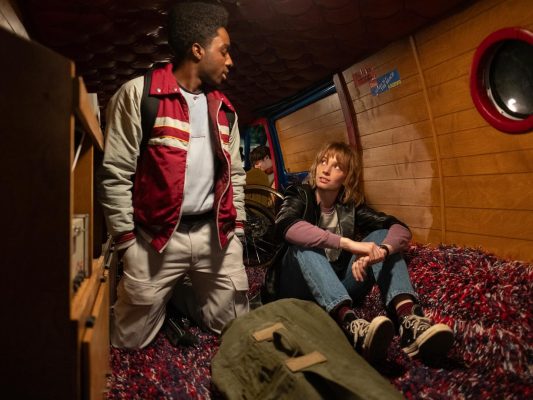 Pin
Pin Photo courtesy of Stranger Things / Netflix
The question haunting everyone involved isn’t just how the story ends, but what happens to the artists who’ve poured so much of themselves into this singular creation. Cast members have opened up to Vanity Fair about the strange mixture of excitement and dread that comes with suddenly having their schedules cleared, their identities no longer tethered to characters they’ve inhabited for nearly a third of their lives. “It’s like graduating from a school you never wanted to leave,” one performer reflected, capturing the bittersweetness of forced evolution. They face the challenge all actors confront after long-running success: proving they’re more than the roles that made them famous, convincing casting directors and audiences alike that they contain multitudes beyond what we’ve already seen. Some have already lined up new projects, eager to demonstrate their range. Others are taking time to simply breathe, to rediscover who they are when nobody’s handing them a script.
“Every ending births a beginning we cannot yet see / Like seeds sleeping beneath winter snow / Waiting for the right moment to break through into light.” The creative team, meanwhile, has hinted at future projects in conversations with Collider, though they’re careful not to promise anything that might feel like retreading familiar ground. They understand the trap of trying to recapture lightning in a bottle, the way audiences and critics will inevitably compare everything they do next to this benchmark moment in their careers. There’s freedom in that awareness, though. The pressure to top themselves can be paralyzing, but it can also be liberating once you accept that different doesn’t mean lesser. The legacy they’ve built isn’t a prison. It’s a foundation upon which they can construct entirely new architectures of imagination. Whatever comes next for these artists, they’ll carry the lessons learned in these years: the importance of patience in storytelling, the value of ensemble collaboration over individual ego, and the understanding that the best art comes from trusting your audience to meet you in the darkness and find meaning in the shadows you cast together.
FAQs
The final season now has confirmed release dates. The first four episodes — Chapter One through Chapter Four — premiere on November 26, 2025. The next three episodes drop on December 25, 2025, and the finale, Chapter Eight: The Rightside Up, arrives on December 31, 2025. This confirms a staggered two-part release throughout late 2025.
Nothing has been officially announced yet, but Netflix continues to hint that the universe may expand after Season 5. Any spin-off is expected to respect the original story’s tone, not just exist for nostalgia or brand value. However, for now, the 2025 finale remains the endpoint of the main storyline.
The final season contains 8 episodes, as seen from the streaming platform listing. While runtimes aren’t shown in your screenshot, previous official statements confirmed that several episodes are expected to be longer than usual — potentially feature-length — to fully conclude the story.
Yes. In recent interviews, the cast has emphasized that their friendships remain strong. They’ve talked about group chats, reunions, and supporting each other’s milestones. Years of sharing major life stages on and off camera forged a bond that goes beyond typical co-worker relationships.
The creators have repeatedly mentioned that they always envisioned the story as a single, complete arc — not an endless franchise. They chose to end it with Season 5 to protect the artistic integrity of the narrative, ensuring it closes on a meaningful, deliberate note instead of stretching into unnecessary additional seasons.
